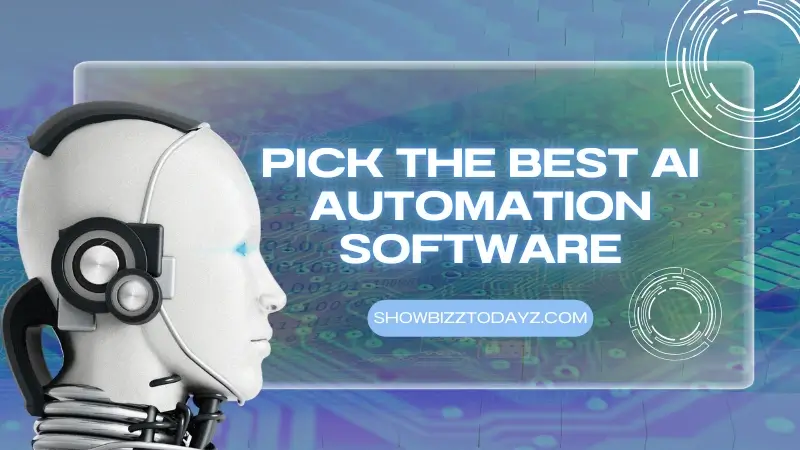A Practical Guide to Pick the Best AI Automation Software
Choosing the right AI automation tool can have a lasting impact on team performance and efficiency. With so many options available, making the right choice goes beyond flashy features or bold promises. Let’s explore the key elements that matter most when selecting the right AI automation solution for a business or company.

Define the Real Goals First
Before evaluating any tool, it’s important to understand the problems that need solving. Whether it’s speeding up sales processes or improving customer retention, the goal should shape the search. Starting with a defined outcome helps filter out systems that may not be a good match. AI Agent Automation Software, for instance, performs best when aligned with a focused strategy. Once the goals are clear, identifying the ideal use cases becomes easier.
For instance, if the objective is to reduce churn, then AI features that monitor real-time behavior will be critical. It’s all about matching the tool’s strengths to the specific needs at hand. With this method, teams invest in outcomes rather than technology for its own sake. That’s what drives real, measurable results. Enhance your understanding by reading our in-depth post on Future of Mobile Computing.
Look for Smart Integration Capabilities
AI tools are most effective when they work well with other systems already in use. Whether it’s a CRM, communication platform, or analytics dashboard, compatibility makes everything smoother. Look for automation software that connects easily and securely with core systems. It saves time, reduces manual handoffs, and improves data accuracy.
Seamless integration also allows workflows to remain uninterrupted. If teams need to learn entirely new systems or constantly switch platforms, productivity takes a hit. AI should feel like an extension of the current process, not a complete overhaul. Smooth integration often makes the difference between adoption and abandonment. Check out our comprehensive article on Evolution of Mobile Devices for additional information.
Prioritize Compliant and Secure Solutions
Security and compliance can’t be an afterthought when dealing with data. Any automation software should meet industry standards and protect sensitive information. Whether it’s regulatory frameworks like HIPAA, GDPR, etc., the right tool must be compliant out of the box. This protects both the business and its customers from unnecessary risks.
Choosing a compliant system also means fewer headaches during audits or legal reviews. These tools often come with built-in protocols for managing permissions and storing data securely. They also log activity, which is useful for both security and performance monitoring. When automation is trusted to handle critical tasks, confidence in its security becomes non-negotiable. Find valuable tips and strategies in our article about Enhancing Developer Productivity.
Key Features to Focus On Before Buying
It’s important to test how these features work together. Some tools may excel in one area and fall short in another. The goal is to strike a balance between functionality and simplicity. When evaluating automation software, keep an eye out for features that add real value:
- User-friendly interface for quick adoption
- Custom workflows to suit specific processes
- Real-time data processing for faster insights
- Automated alerts and recommendations
- Scalable architecture to grow with the business
- Performance tracking dashboards for clear ROI
Evaluate Support and Ongoing Improvement
Support can make or break the experience with automation software. It’s not just about fixing bugs; it’s about helping teams unlock the full value of the tool. Look for companies that offer onboarding, training, and dedicated help when needed. A responsive support team makes adoption smoother and keeps momentum going.
Regular updates, performance enhancements, and new features show that the provider is invested. Teams benefit when the software evolves alongside changing needs. Feedback loops between users and developers keep the tool relevant. When a system continues to improve over time, it offers lasting value, not just short-term gain.
Choosing automation software isn’t about picking the most advanced tool; it’s about picking the right one. Solutions like AI Agent Automation Software stand out when they align with clear goals, work seamlessly with existing systems, and offer lasting value. By focusing on your specific needs, evaluating features, ease of integration, and support, you can find a solution that aligns with your goals. You can visit showbizztoday.com for more trending posts.
